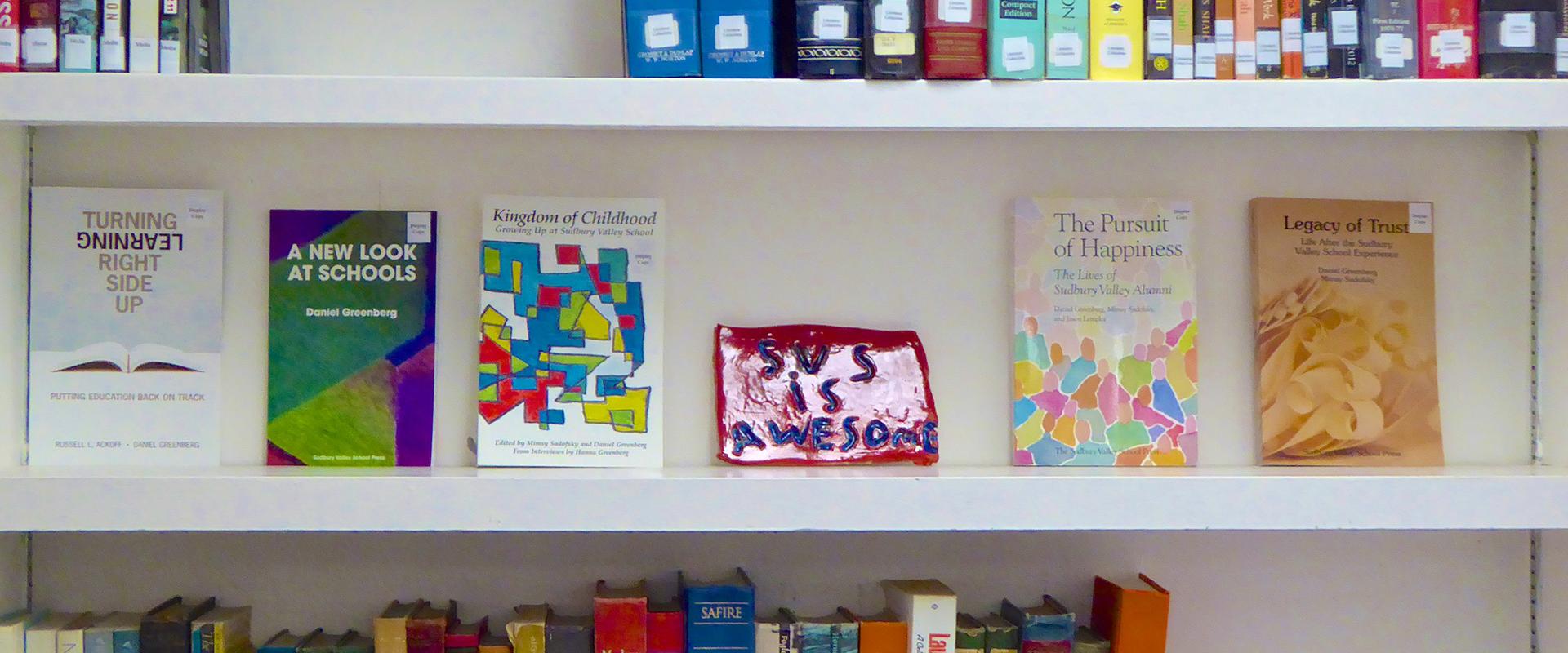Conversation is a key component of any culture, of how we develop and test our understanding of the world, and it is vital to working in concert with those around us. In 2001, Michael Greenberg presented a compelling description of the role of conversation in the world, in the article The Magic of Conversation.
Conversation is the closest we come to truly stepping inside another person’s mind. Of course it is imperfect – we have all had the experience of a “conversation” with another person that ended in laughter when it was recognized that each thought the conversation was about something else. Every word or turn of phrase represents a concept carefully developed and embraced separately by each individual in the conversation. But conversation allows us to at least begin to break down these linguistic problems, and begin to see how our neighbor understands the world.
Not that long ago, our use of digital media resembled our use of books or television. But now, most people over the age of nine (and many under nine) have the Internet in their pockets. Screens are everywhere. More and more often, one walks into a room, and sees many people, each with a digital device in his or her hands.
This has led to a lot of upset from some quarters, and a declaration that people in society are drawing deeper into themselves, becoming less aware of their neighbors. But this view is mistaken. Look at any group of people who have grown up in the digital age, and you will see that screens and devices are merely accessories and tools that are used within their conversations.
People sit side by side, talking about things – as humans have done for as long as humanity has existed. And the screens are part of the conversation. At their most basic, they are a tool for fact-checking in the midst of conversation. But beyond that, you will see that people growing up in the digital age don’t just use their devices to understand the world, they pass their own experiences on those devices around. This can be done by physically passing a device, though sometimes it's accomplished by sharing a link, an image, or such so that the partner can see the same thing, sharing the experience of coming on an item or exploring the world.
Small internet devices (phones, notepads, tablets) become a tool to help people understand what another person is seeing and thinking. Someone in the conversation comments on something, others instantly express interest or amazement, and often people in the conversation want to see the game / picture / statement that was just mentioned. Watch a group of people raised in the digital age conversing with their devices in hand, and you will see the engagement and interest – and you will see the devices passing physically around the group.
People in the conversation get to literally see what the other sees, and come one step closer to experiencing what the other experiences. It’s much more effective than our old method of scrawling diagrams on scrap paper or disposable napkins.

